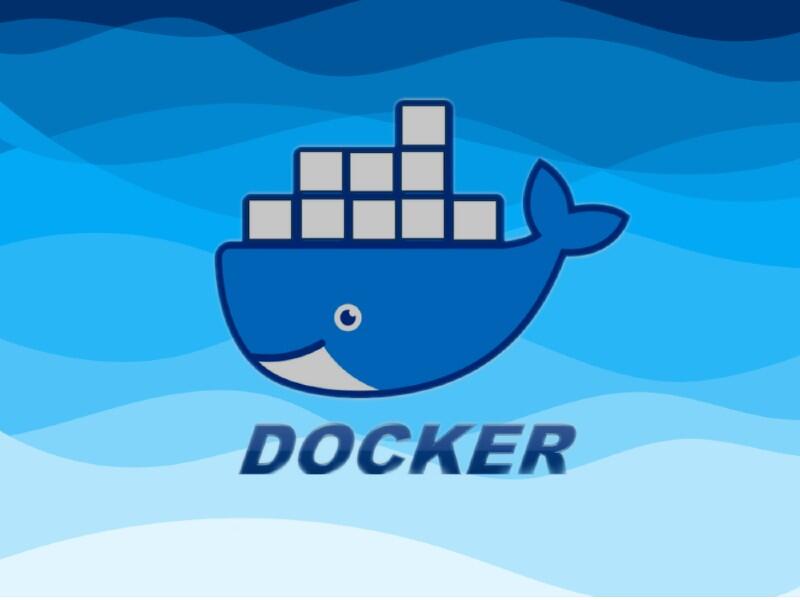Ballast Water Sensor Calibration: Safeguarding Marine Ecosystems and Maritime Operations
Ballast water management is a critical aspect of maritime operations, ensuring the prevention of invasive species transfer and maintaining ecological balance.

Ballast water management is a critical aspect of maritime operations, ensuring the prevention of invasive species transfer and maintaining ecological balance. At the heart of this process are ballast water sensors, which monitor parameters such as salinity, turbidity, and biological activity. However, to ensure these sensors function accurately and reliably, regular calibration is essential. This article outlines the importance of ballast water sensor calibration, the steps involved, and best practices to maintain compliance with international regulations.
Why Calibration Matters
Ballast water sensors are subject to harsh environmental conditions, including temperature fluctuations, fouling, and exposure to various contaminants. Over time, these factors can lead to sensor drift or inaccuracies, compromising the effectiveness of ballast water treatment systems. Calibration ensures that sensors provide precise and consistent readings, which is vital for:
-
Environmental Protection: Accurate sensors prevent the discharge of untreated or inadequately treated ballast water, reducing the risk of introducing invasive species into new ecosystems.
-
Regulatory Compliance: The International Maritime Organization (IMO) Ballast Water Management Convention mandates strict standards for ballast water treatment. Proper calibration ensures compliance with these regulations, avoiding penalties and operational delays.
-
Operational Efficiency: Reliable sensor data helps optimize ballast water treatment processes, reducing energy consumption and operational costs.
Pre-Calibration Preparation
Before beginning the calibration process, thorough preparation is essential to ensure accurate results and minimize errors.
-
Gather Necessary Equipment:
-
Calibration standards and reference materials (e.g., solutions with known salinity or turbidity levels).
-
Diagnostic tools such as multimeters and oscilloscopes.
-
Cleaning supplies, including distilled water and lint-free cloths.
-
-
Review Manufacturer’s Guidelines:
-
Consult the sensor’s user manual for specific calibration procedures and safety precautions.
-
Ensure familiarity with the sensor’s operating range and tolerances.
-
-
Prepare the Environment:
-
Conduct calibration in a stable environment with controlled temperature and humidity.
-
Minimize external interference, such as electromagnetic fields, which could affect sensor readings.
-
Calibration Procedure
The calibration process involves several key steps to ensure the sensor’s accuracy across its operating range.
-
Initial Inspection:
-
Check the sensor for physical damage, contamination, or fouling.
-
Verify all electrical connections and power supply integrity.
-
-
Zero Calibration:
-
Use a neutral reference, such as deionized water, to establish a baseline reading.
-
Adjust the sensor to ensure it reads zero or the expected baseline value.
-
-
Span Calibration:
-
Apply reference solutions with known concentrations of target substances (e.g., salinity or turbidity).
-
Adjust the sensor to match the reference values, ensuring accurate measurements at the upper end of the operating range.
-
-
Linearity Check:
-
Test the sensor’s response across a range of concentrations to ensure consistent and proportional readings.
-
Identify and correct any deviations from linearity.
-
-
Temperature Compensation:
-
Verify the sensor’s accuracy at different temperatures, as temperature variations can affect readings.
-
Adjust the sensor to account for temperature-related deviations.
-
Post-Calibration Verification
After completing the calibration process, it is crucial to verify the sensor’s performance and document the results.
-
Performance Testing:
-
Test the sensor using real-world ballast water samples.
-
Compare the sensor’s readings with laboratory analysis to confirm accuracy.
-
-
Documentation:
-
Record all calibration data, including the date, reference values, and adjustments made.
-
Update the sensor’s calibration log and maintenance records for future reference.
-
-
Final Inspection:
-
Ensure the sensor is clean, properly reassembled, and free from contamination.
-
Verify all connections and settings before returning the sensor to service.
-
Troubleshooting and Maintenance
Even with regular calibration, ballast water sensors may encounter issues that affect their performance. Common problems include sensor drift, fouling, and contamination. To address these issues:
-
Conduct Regular Maintenance:
-
Clean sensor elements periodically to prevent fouling.
-
Inspect and replace worn or damaged components as needed.
-
-
Monitor Sensor Performance:
-
Track sensor readings over time to identify potential drift or anomalies.
-
Schedule recalibration as recommended by the manufacturer or regulatory guidelines.
-
Conclusion
Ballast water sensor calibration is a vital process that ensures ballast water treatment systems' accuracy, reliability, and compliance. By following standardized calibration procedures, maritime operators can protect marine ecosystems, meet regulatory requirements, and optimize operational efficiency. Regular maintenance and proactive troubleshooting further enhance sensor performance, ensuring long-term reliability.
As the maritime industry continues to prioritize environmental sustainability, the role of properly calibrated ballast water sensors cannot be overstated. By adhering to best practices and staying informed about regulatory updates, operators can contribute to a healthier and more sustainable marine environment.
What's Your Reaction?

















